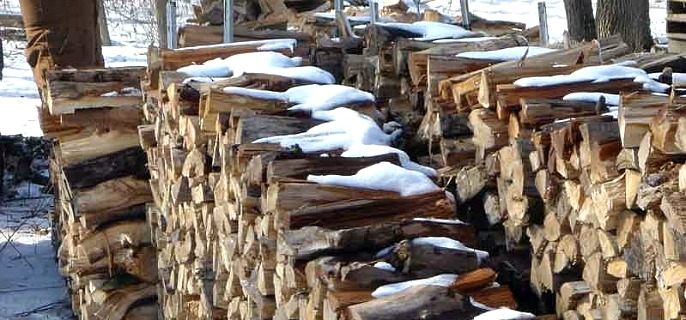
PHOTO COURTESY OF ODA
As temperatures turn colder while winter approaches, many Oregonians will start warming their homes with heating oil, propane, and firewood. As with all purchases these days, it is important for consumers to get exactly what they pay for, and the Oregon Department of Agriculture is in the business of assuring accuracy in commercial transactions.
“Oregonians need to be aware, before the purchase, of how much product they are getting and what they are going to pay,” says Jason Barber, ODA Director of Internal Service and Consumer Protection Programs. Inspectors with the Weights and Measures Program enforce Oregon laws requiring accurate representations of quantity, often investigating consumer complaints regarding fuel delivery.
As in all consumer purchases, it’s a good idea for buyers to take an interest in the transaction and be aware. With fuel deliveries, there are a couple of ways that help ensure you get what you pay for.
“ODA requires that both home heating oil and propane be sold through ODA licensed liquid meters,” says Josh Nelson, field supervisor for the Weights and Measures Program. “There are nationally defined uniform tolerances for accuracy to which these meters are held.”
Weights and Measures inspectors routinely test the fuel meters that are mounted on delivery trucks to ensure that they perform within the legal tolerances for accuracy. Before buying fuel, consumers should look for a recent ODA approval seal on the meter itself for assurance that is has been given a through evaluation.
“Consumers should find key information on their receipt indicating the business name, the quantity delivered, and the total price charged to ensure it matches what is indicated on the meter,” says Nelson. Printed delivery tickets are mandatory in Oregon and must be left with the customer at the time of delivery or as specified by the customer.
Consumers who have a long established history and trust with the seller probably won’t have any concerns or problems with the fuel delivery. However, if you are dealing with a company for the first time or have any questions, you have the right to be on-site and observe the fuel delivery.
“One of the most effective ways to protect yourself is simply to be present during the fuel delivery and being observant,” says Nelson. “The meter on the truck should be readily visible to the buyer. It’s a good idea to be present at least when that first delivery is made to have a look at the meter– just like you would when filling up your motor vehicle’s tank at a gas station.”
Another seasonal winter fuel issue is firewood. Although home deliveries don’t involve a meter, many of the same requirements for a measurable transaction are in place. The only legal method to sell firewood is by the cord, which is a unit of measurement that is 128 cubic feet normally determined by a stack of wood when the pieces are all laid parallel in a compact, consistent manner.
“To purchase firewood, look for a reputable source– someone with an established track record of providing firewood,” says Nelson. “There are a lot of fly-by-night operators that are just loading a trailer with a pile of wood, dumping it off, and calling it a cord.”
Anyway you stack it, a cord of firewood must measure 128 cubic feet. It could be eight feet high, four feet wide, and four feet deep. It could be two feet high, eight feet wide, and eight feet deep. Just so it measures up to 128 cubic feet. Not many people know how much a cord is. Even fewer can tell how much wood is being delivered without it being stacked up and measured. That’s why the delivered wood should be stacked up.








